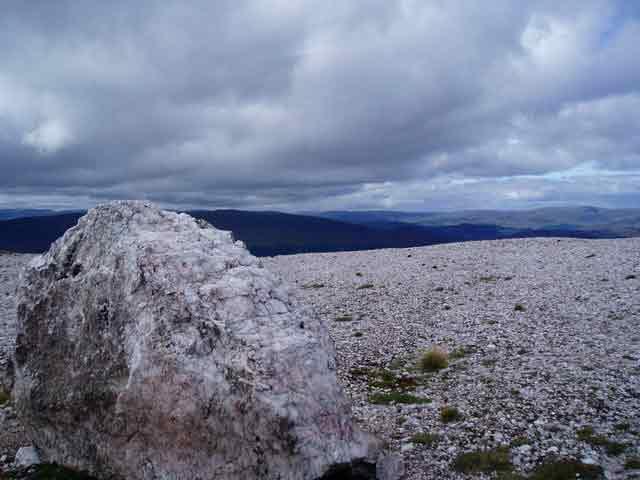What is crystalline silica?
An abundant natural material, crystalline silica is found in stone, soil, and sand. It is also found in concrete, brick, mortar, and other construction materials. Crystalline silica comes in several forms, with quartz being the most common. Quartz dust is respirable crystalline silica, which means it can be taken in by breathing.
How are people exposed to crystalline silica?
Exposure to tiny particles of airborne silica, primarily quartz dust, occurs mainly in industrial and occupational settings. For example, workers who use handheld masonry saws to cut materials such as concrete and brick may be exposed to airborne silica. When inhaled, these particles can penetrate deep into the lungs.
The primary route of exposure for the general population is inhaling airborne silica while using commercial products containing quartz. These products include cleansers, cosmetics, art clays and glazes, pet litter, talcum powder, caulk, and paint.
Which cancers are associated with exposure to crystalline silica?
Exposure of workers to respirable crystalline silica is associated with elevated rates of lung cancer. The strongest link between human lung cancer and exposure to respirable crystalline silica has been seen in studies of quarry and granite workers and workers involved in ceramic, pottery, refractory brick, and certain earth industries.
How can exposures be reduced?
The Mine Safety and Health Administration and the U.S. Occupational Safety & Health Administration (OSHA) have regulations related to silica. For example, OSHA has a fact sheet on Control of Silica Dust in Construction: Handheld Power Saws.
Selected References:
- International Agency for Research on Cancer. Silica Dust, Crystalline, In the Form of Quartz or Cristobalite, IARC Monographs on the Evaluation of Carcinogenic Risks to Humans, Volume 100C. Lyon, France: World Health Organization, 2012. Available online. Last accessed December 13, 2023.
- National Institute for Occupational Safety and Health. Preventing Silicosis and Deaths in Construction Workers. Atlanta, GA: Centers for Disease Control and Prevention, 2014. Available online. Last accessed December 13, 2023.
- National Institute for Occupational Safety and Health. Silica, Crystalline (as respirable dust), NIOSH Pocket Guide to Chemical Hazards. Atlanta, GA: Centers for Disease Control and Prevention, 2010. Available online. Last accessed December 13, 2023.
- National Toxicology Program. Silica, Crystalline (Respirable Size), Report on Carcinogens, Fifteenth Edition. Triangle Park, NC: National Institute of Environmental Health and Safety, 2021. Available online. Last accessed December 5, 2022.
- Occupational Safety and Health Administration. Silica, Crystalline. Washington, DC: U.S. Department of Labor. Available online. Last accessed December 13, 2023.
